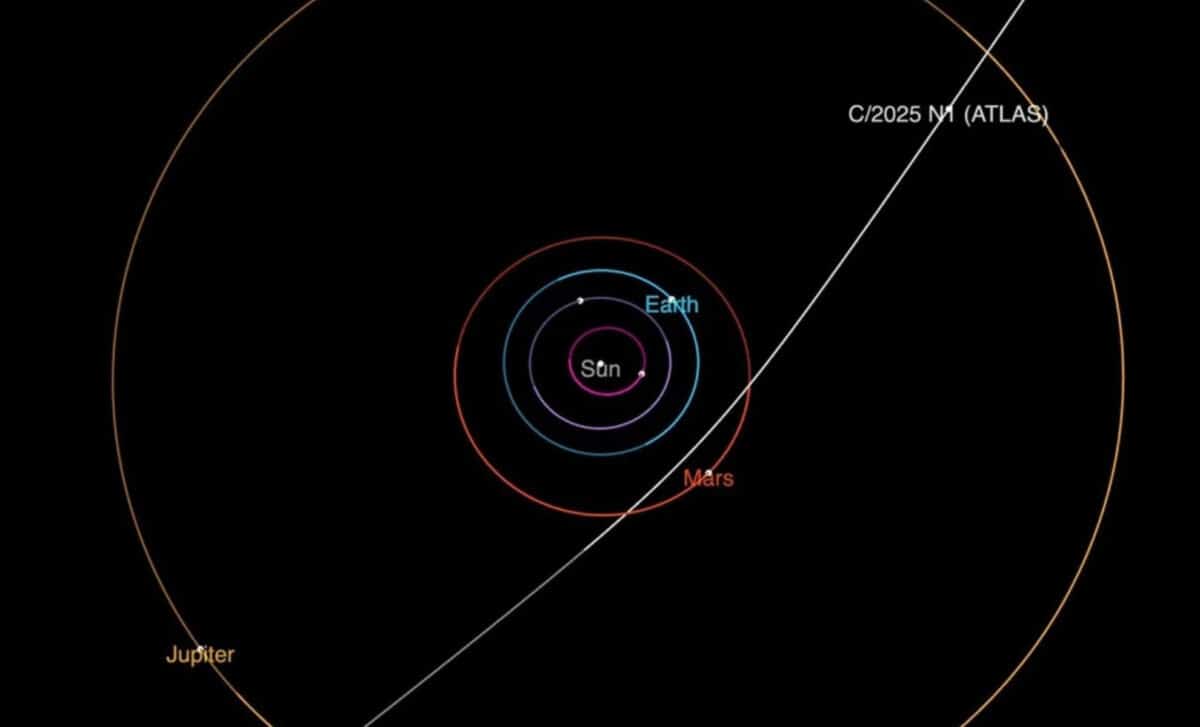Astronomers have recently detected an interstellar comet, 3I/ATLAS, making its way through our solar system. This marks only the third time such an object has been observed in our corner of the universe, sparking widespread excitement among the scientific community. The comet, which appears to have originated from outside our solar system, was first spotted by the ATLAS telescope in Chile.
The object’s high speed and nearly straight-line trajectory suggest that it is not bound by the Sun’s gravity, ruling it out as a local solar system object. According to astronomer Gianluca Masi, the speed of the comet – nearly 37 miles per second – reinforces the idea that it came from interstellar space, reports CNN.
He Bought a “New” SSD Online… and Found €1,000s Worth of Software Hidden Inside
Discovery and Tracking of 3I/ATLAS
On July 1, 2025, the ATLAS (Asteroid Terrestrial-impact Last Alert System) telescope in Chile first detected 3I/ATLAS. Since then, astronomers have tracked its movement back to June 14, revealing that the comet has traveled from the direction of the Sagittarius constellation. This is the third interstellar object to pass through our solar system, following ‘Oumuamua in 2017 and 2I/Borisov in 2019.
The comet’s nearly straight-line path through the solar system is a key indicator of its interstellar origin. As explained by Teddy Kareta, an assistant professor at Villanova University, objects bound to the Sun typically follow elliptical orbits that bring them back to the same point. However, 3I/ATLAS’ trajectory does not fit this pattern, further confirming its non-local nature.
Speed and Characteristics of the Comet
The object is traveling at an extraordinary speed of about 37 miles per second (133,200 miles per hour), which is far too fast for a local object in our solar system. As stated by Dr. Paul Chodas, director of NASA’s Center for Near-Earth Object Studies, the comet’s speed and path make it clear that it has been traveling through interstellar space for millions of years before encountering our solar system.
In terms of size, astronomers estimate 3I/ATLAS to be about 12 miles (20 kilometers) in diameter. However, its brightness makes it difficult to pinpoint precise measurements. Despite the uncertainty, the comet stands out as the fastest and brightest interstellar object discovered so far, according to Kareta. It is also showing signs of cometary activity, such as the release of gas and dust, although it remains unclear what material is being emitted.
Observing the Comet
Since its initial discovery, astronomers around the world have been eager to observe 3I/ATLAS. Using various telescopes, including the Lowell Discovery Telescope, scientists have already gathered valuable data about the comet’s movement. As the object approaches the Sun, it will make its closest approach to the star on October 30, 2025, at a distance of about 130 million miles.
Despite being distant, the comet will pass by Mars on October 2, coming as close as 18 million miles. Although the comet poses no threat to Earth, its close proximity to Mars and its unique interstellar origins make it an object of great interest to astronomers. 3I/ATLAS is expected to remain visible for observations into September 2025, with follow-up studies continuing through mid-2026.








